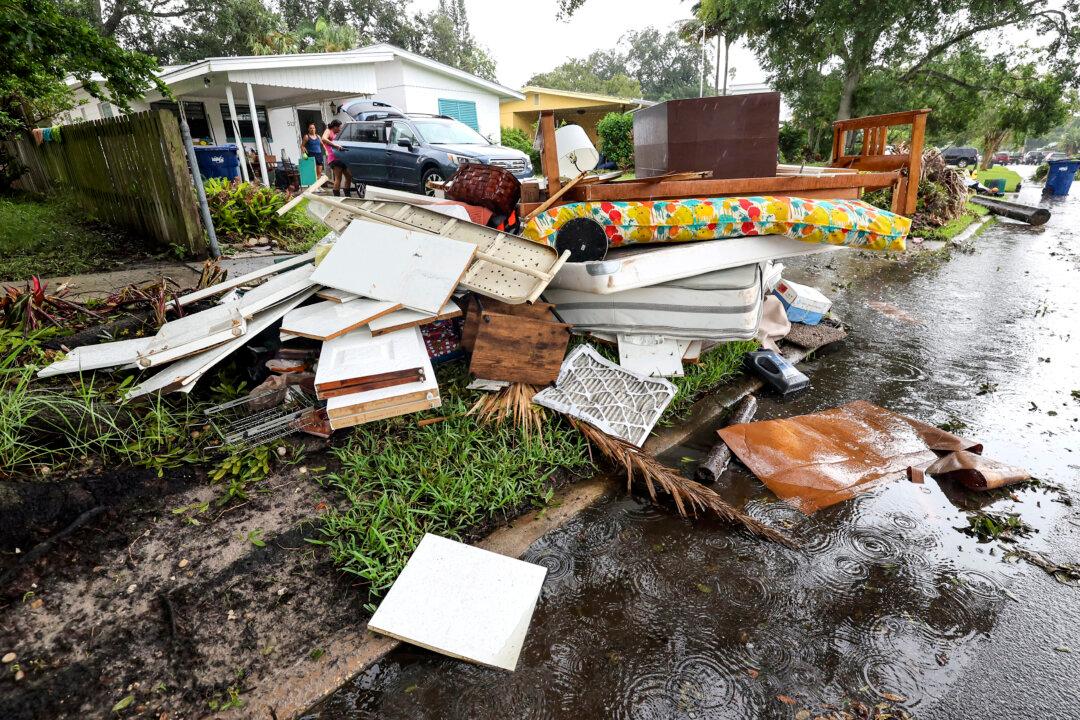President Joe Biden on Sept. 29 approved the declaration of a federal major disaster in North Carolina and Florida after hurricane Helene caused widespread damage in both states, including severe damage to the western portion of North Carolina, where torrential rains have sparked mudslides and flooding that have cut off entire communities.
In a news release issued by the Federal Emergency Management Agency (FEMA), the president said he approved North Carolina Gov. Roy Cooper’s request for a federal major disaster declaration for 25 North Carolina counties and the Eastern Band of Cherokee Indians.





